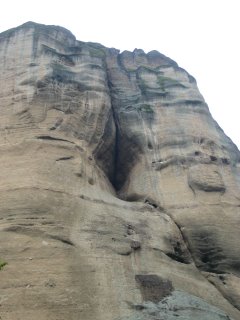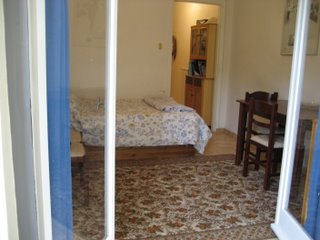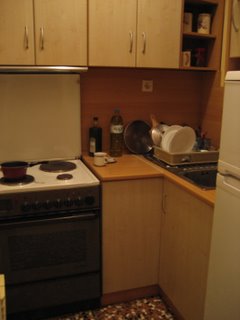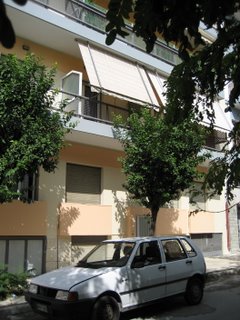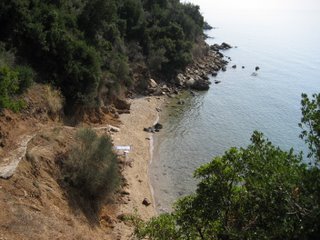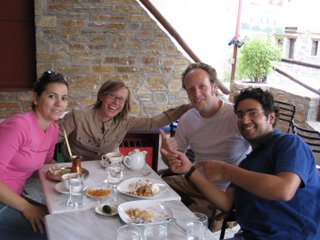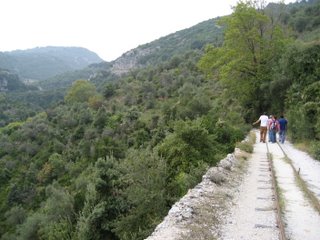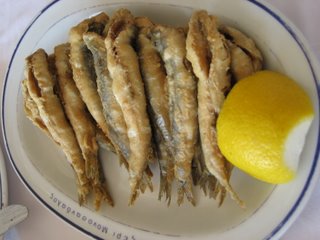METEORA (ΜΕΤΕΩΡΑ)
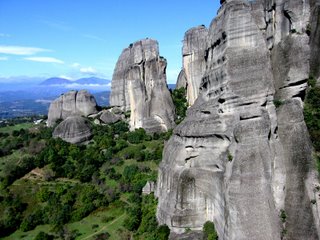
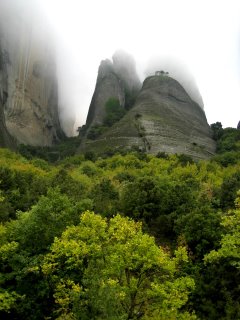
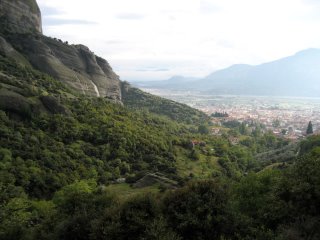
A particularly ambitious and gregarious hermit monk named Athanasios Meteoritis scrambled up the granddaddy of these sheer rock towers in the 14th century and organized the first formal monastic community there. On the top. No kidding.
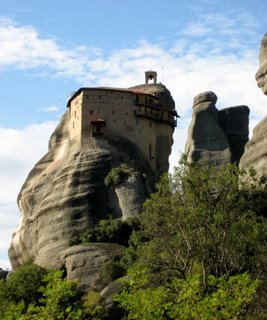
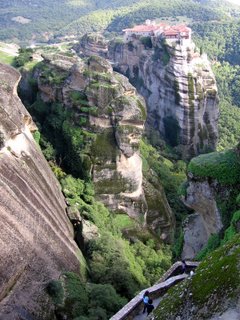
It goes without saying that constructing churches on the tops of rocky missiles in pre-helicopter days is a testament to the faith of these ascetics. Few things say "Glory to God" more than impossible structures. But there was also a very practical reason for going to such lengths, for scaling rickety wooden ladders up hundreds of feet of sheer rock wall,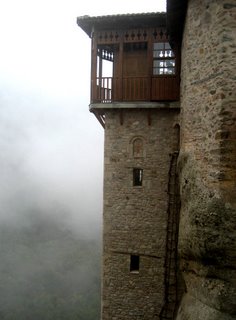
for hauling up EVERY SINGLE THING (rocks for building, dirt for gardens, even people) in nets that could break any time…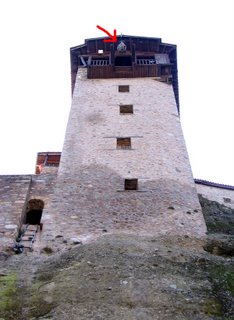
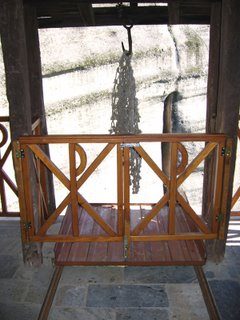
…a very practical reason indeed, namely escaping the invading Turks so that they might keep themselves and the Orthodox faith alive. Since that time, twenty-four such hermitages spread and flourished on many of the towers for over 600 years, and holy Meteora is one of the most important religious sites for Orthodox Christians in the world.
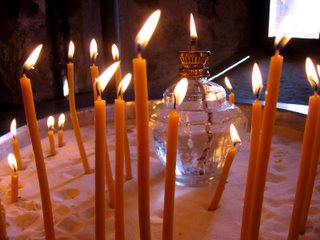
Today only eight monasteries remain, six of which are open to the public (and by "public," we mean busloads upon busloads of Yugoslavian high school kids…with rat tails).
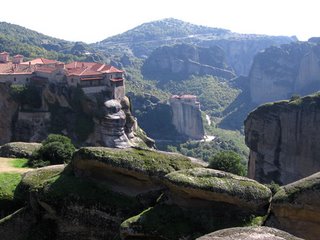
Over two days (one rainy, one sunny), we walked all over the hills, climbed and descended hundreds upon hundreds of steps, crab-crawled down wet rock faces, visited each of the monasteries, and loved every minute of it. We wish we could show you pictures of the meticulously painted insides of all the churches (katholikons) in each of the monasteries, but picture-taking there was completely verboten.
A view from Moni Agiou Triados (Monastery of the Holy Trinity) of the stone footpath we walked up: 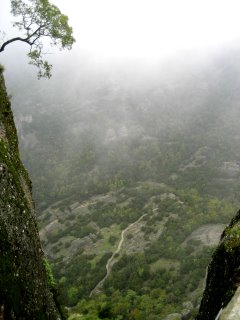
The way modern monks lift supplies (e.g. cement) to their sanctuaries in the sky:
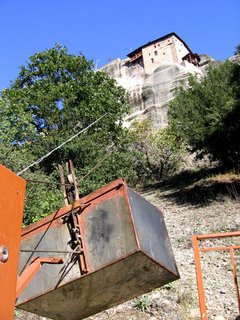
The garden at Moni Agiou Varvaras (Holy Monastery of Santa Barbara), a convent: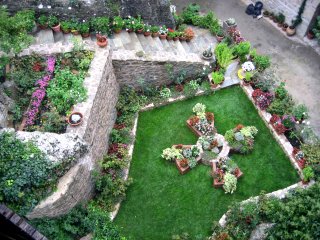
E being christened (finally!) by the holy cat of Santa Barbara:
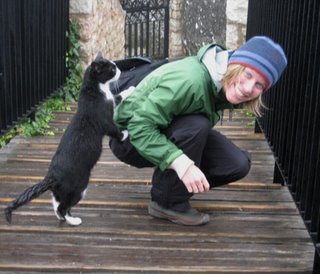
Since we're on the subject, we found this miracle of life on display at Athanasios' very own Moni Megalou Meteorou: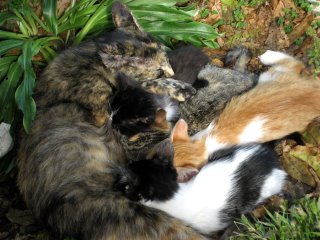
A monk in the mist: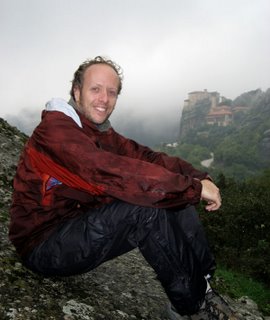
Wet but happy: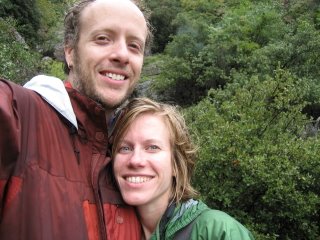
After two days of gawking at phallic rock formations, we were very pleased to come across this: